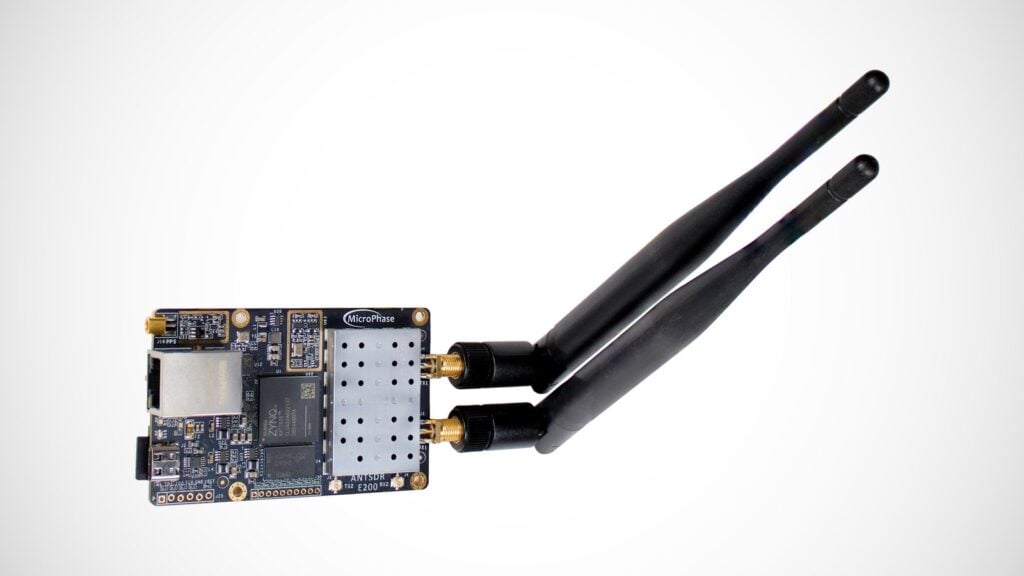WarDragon: Testing EMEye/TempestSDR with Wyze Cam Pan V2 Cameras and a USRP B210
Last week we posted about University researchers who found that it was possible to recover live video images from the EM leakage emanating from various IoT security cameras. The 'EMEye' software to do this was released as open-source on GitHub.
Recently Aaron, who created DragonOS and WarDragon, has uploaded a video showing EMEye working on WarDragon. In the video, Aaron shows how to install and use the EMEye software on WarDragon, and demonstrates it working with a Wyze Cam Pan V2 that he purchased for this test.
In this video, I guide you through a practical demonstration of Tempest-based camera eavesdropping attack research. I'll be focusing on the EM Eye project, a tool derived from TempestSDR with some added features.
I'll show you how to construct the EM Eye project, step by step, and how to use it to tune into the EMI emitted by the Wyze Cam Pan v2 using an Ettus B210. By processing this EMI/RF signal, we're able to reconstruct the video stream using the algorithms provided by EM Eye and TempestSDR.
Additionally, I'll demonstrate how DragonOS FocalX and the WarDragon kit offer a cost-effective alternative by including a prebuilt version of TempestSDR that works with the Airspy R2. This allows for similar functionality at a lower cost.
If you're interested we reviewed WarDragon in a recent post as well.
